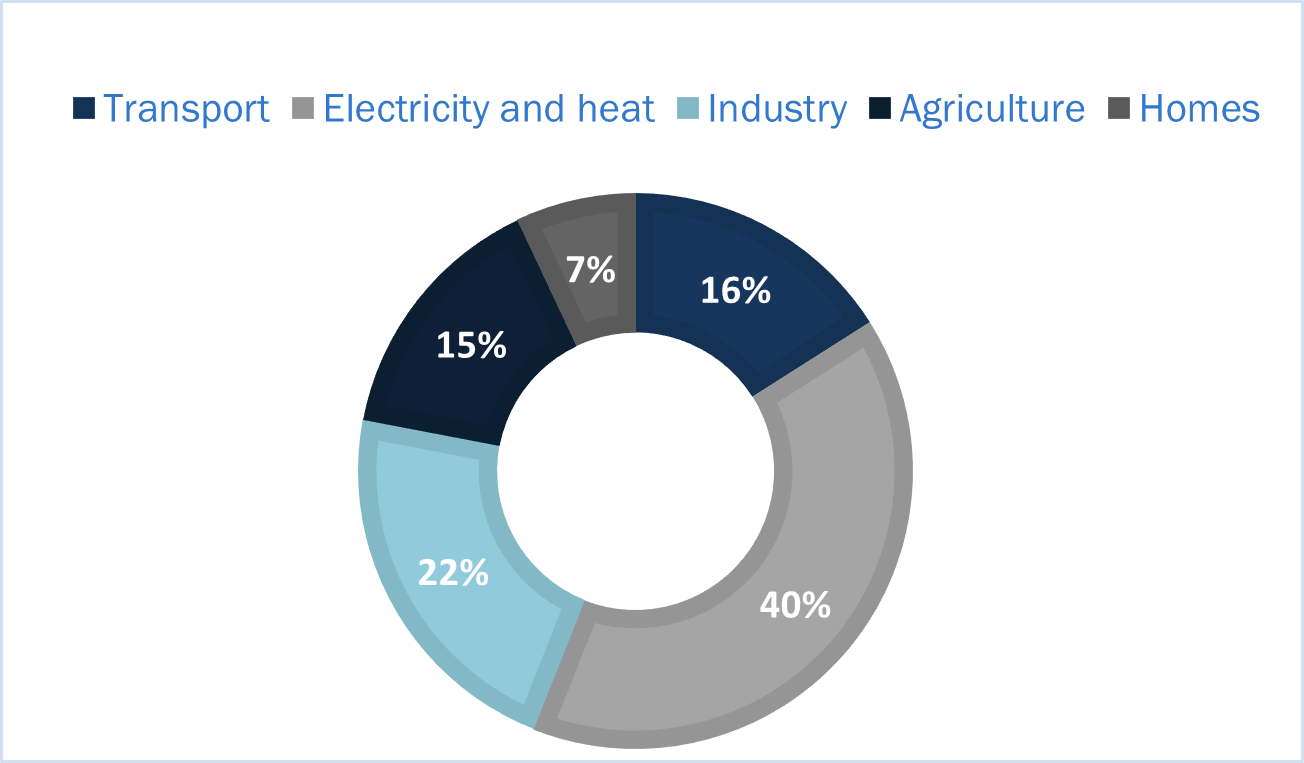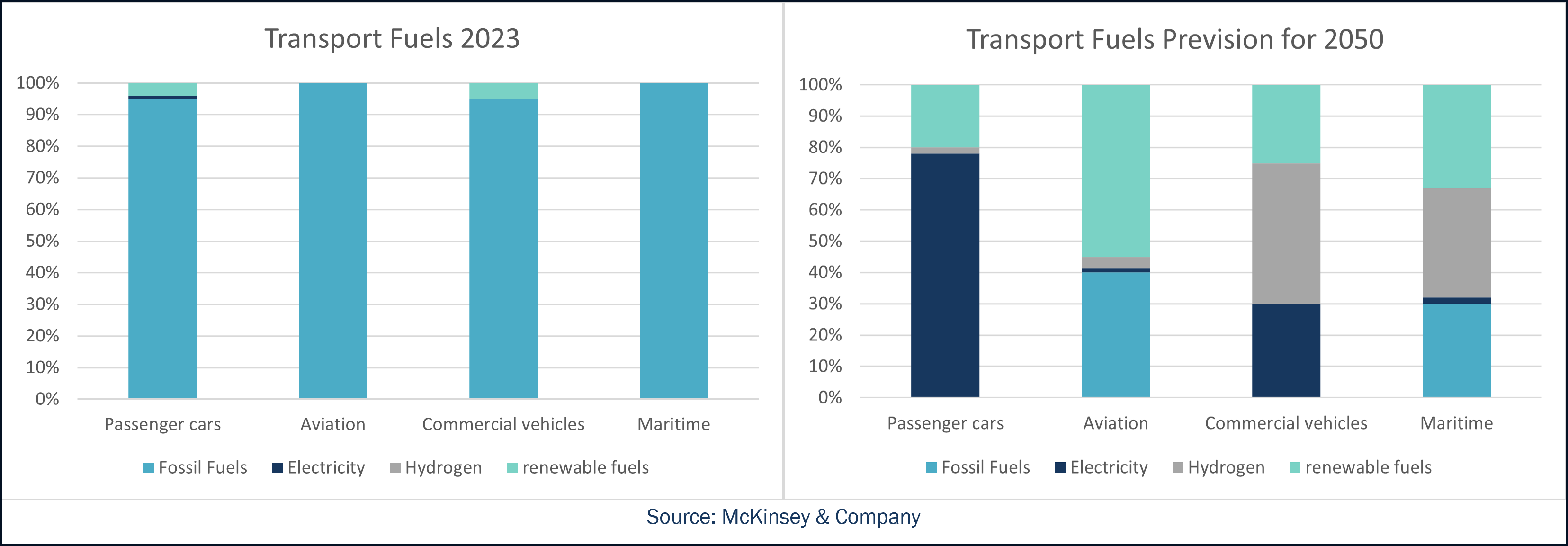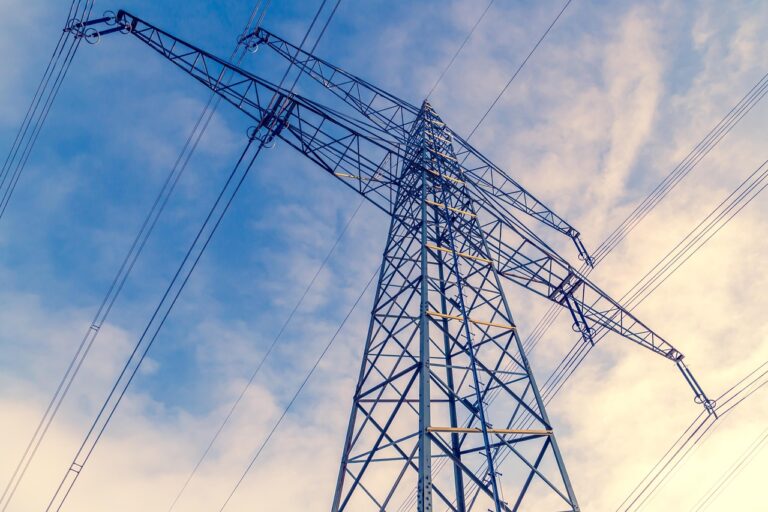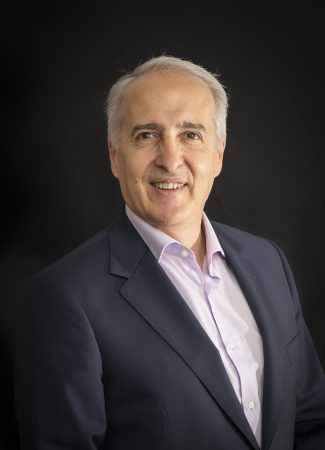The aim of limiting global warming leads unfailingly to the need to reduce the use of fossil fuels, we do not have any doubts in this matter. In the last COP28, more than 200 countries compromised to “move away from fossil energy sources”, nevertheless, no compliance date was agreed. The goal is set, the means to reach it are not. The question at hand is how and with what can we replace the fuels that have supported human activity for 2 centuries.
Depending in the type of uses these fuels have, the solutions of substitution might be more or less evident. For power production, renewable sources like hydraulic, photovoltaic or wind are at a level of maturity that allows a substitution at competitive prices. For heat production, biomass, geothermal, residual heat use, etc. are solutions that have been in use for decades (including biomass produced by humans).
In other activity sectors, especially in transport, the substitution is more complicated. An energy source for a mobile use must have as an essential feature, besides of a competitive price, a minimum energy density (energy contained in a volume) that allows the needed autonomy in the displacement. As we will see in this article, the substitution of petroleum derivatives in transport is not that evident.
The transport sector, by road, sea, and air, is responsible for the 16% of CO2 global emissions. In fact, it is only overcome by the power production sector and the industry sector. Evidently, if we want to reach zero emissions, we need to search for substitutes of fuels used in transport.

Graphic 1. CO2 emissions by sectors
A first solution is the direct use of electricity, otherwise known as electrification. By directly producing electricity using renewable sources, CO2 emissions are not produced. On the contrary, to load electricity in the vehicle, batteries are needed. While the most efficient technologies are expensive, as they need a significant amount of metals and their energy density is relatively low, their use in light vehicles seem adequate (despite the cost). In the case of planes and ships, it is evident that due to lack of energy efficiency or weight, batteries will not be the ideal solution. In the future there may be a battery technology revolution, but currently they are not viable for large vehicles.
Another alternative are biofuels, which use organic materials as a primary source. If the organic sources are crops dedicated to the manufacturing of fuels (bioethanol or biodiesel), it quickly comes to the ethical issue of whether the world must be undernourished to feed the fuel needs of the other side of the world. On the contrary, biofuels that come from vegetal residues methanation are very beneficial for the climate fight since they capture methane that otherwise would have escaped to the atmosphere[1].
As for the final use of this biofuels, bioethanol or biodiesel are perfectly usable as substitutes for gasoline or fossil diesel (They have been used for years). For its side, biomethane seems very appropriate for its use in maritime transport when it is liquified (bioLNG), so it can be loaded in sufficient amounts.
The structural problem of biofuels resides in the limitation of primary resources. Organic renewable sources do not exist in sufficient amounts to allow the mass substitution of fossil fuels]. New generations of biofuels (3G or 4G), produced using microorganisms or algae, are only in the experimentation phase and are not expected to be able to contribute to the reduction of emissions in the short term.
Thus, we arrive at a third way, dubbed power-to-X. Here the idea is to start from renewable electricity to produce hydrogen synthesized into other, more treatable molecules. The production of hydrogen it is done by electrolysis (Water molecule separation using electricity) which is a process used in industry for more than two centuries. Of course, a necessary condition is that the electricity used in electrolysis must be renewable or with a low level of emissions. Hydrogen manufactured like this has a low energy density and it is not easy to store. For its use in transport, it needs to be compressed or liquified at very low temperatures.
Figure 1 (Frases, 2023) e-fuels production process
Hence, the proposal of combining it with other molecules to gain density or ease of transport. The combination with CO2 (of bio origin or after capture) gives rise to e-methanol which can be used directly in conventional thermal motors. If it is synthesised with nitrogen, ammonia can be produced, which is easier to transport. Moreover, it is possible to make more complex molecules like e-gasoline or e-kerosene, but at prohibitive cost.
The last family of fuels is the one based in hydrogen with fossil origin (Blue Hydrogen based fuels) (see previous Newsletter’s article Europe’s green hydrogen) In this case hydrogen is obtained from natural gas, with capture and storage of the CO2 emitted in the process. The cost of producing Blue Hydrogen is competitive but comes with the bottleneck of the cost of capturing and storing CO2. There is also the problem that socially, CO2 storage is not treated well, and continuing to rely on the natural gas industry does not look good if we want to reduce methane emissions. As with power-to-X, the addition of other molecules to generate liquid fuels makes the final fuel extremely expensive.

This brings us to the essential questions of this energy transformation. Nowadays, we know how to manufacture fossil fuel substitutes: electricity, biofuels, hydrogen, power-to-X, etc., but at what cost? Are these types of fuels viable? How much will the price of energy rise? Will it be acceptable to society? Can this substitution be implemented in all countries?
Without a major technological revolution, the cost of substitute fuels seems to be linked to the evolution of the cost of renewable electricity (or low-emission). This also depends on the cost of capital and operating conditions (intermittency of renewable sources). Under the best conditions, we do not believe that the cost of electricity as a raw material to produce e-fuels will fall below €40-€50/MWh. And this is assuming that suitable sites are found to massively generate primary electricity. From this cost, investments in electrolysers and energy losses corresponding to the production of green hydrogen will have to be added (40%). If we follow the chain of production of more complex molecules, we will keep on adding inversions and energy loses. If we add to this the costs of transport to destination, we arrive at fuels that, in the best case, will cost between 3 and 7 times more than traditional fuels. We have a problem!
In conclusion, if we want to reduce CO2 emissions, we will have to replace fossil fuels, but this will be done with a very significant increase in energy costs. In countries with advanced climate policies, for now, emission reduction targets require the inclusion of biofuels in homeopathic doses that prevent the end consumer from noticing the rising cost. Moreover, new fuels are often exempt from taxes and fees that heavily tax fossil fuels. Undoubtedly, as emission reduction targets become more ambitious, the effects will be more evident in higher prices for consumers and lower revenues for states.
To achieve the climate objective, we need a correct dosage of the different viable solutions, avoiding dogmatic or sceptical positions. On this uncertain path to Net Zero by 2050, we hope that together we will be able to find pragmatic solutions that are acceptable from an environmental and societal point of view that will allow us to save the planet. Good luck to everyone.
[1] The methane emitted to the atmosphere stays in it for 20 years with heating effects 80 times more intense than CO2.
Antonio Haya & María Paz Murillo Prieto








